How to Use Quotation Marks to Look Smart
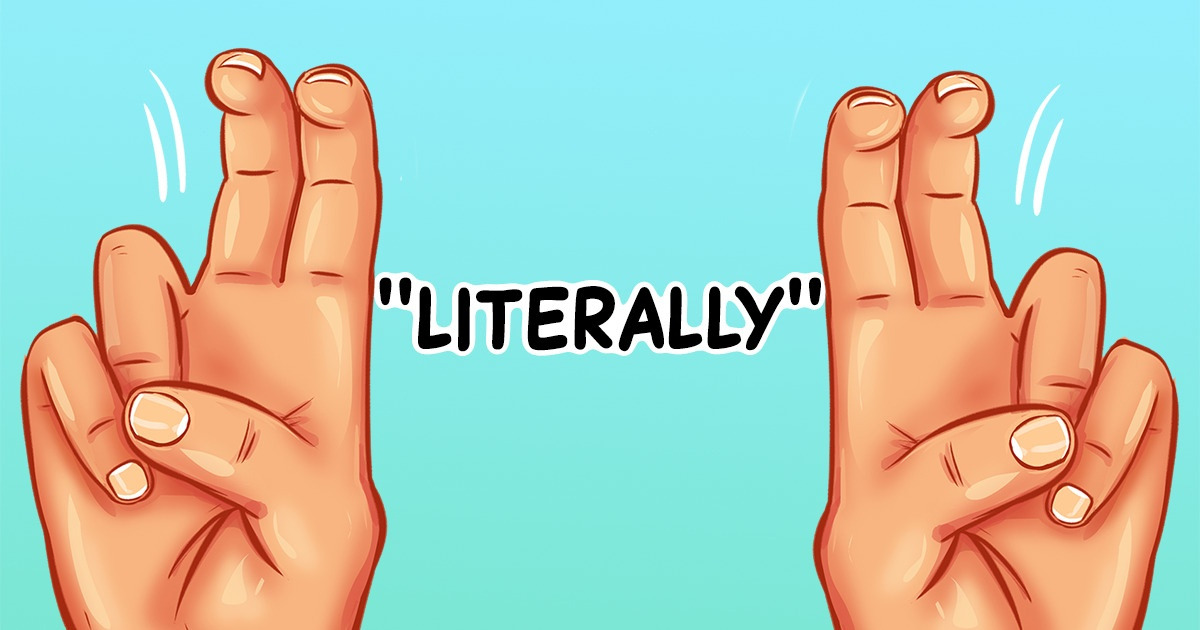
Quotation marks (‘ ’ or " ") are punctuation marks with several functions. In a written text, they’re used for delivering someone else’s words, often, in conversational and explanatory sentences, at the beginning and end of words or phrases. In speaking, we use ’’air quotes’’ and employ our fingers. 5-Minute Crafts prepared this article to show you how to use them correctly.
What quotation marks are
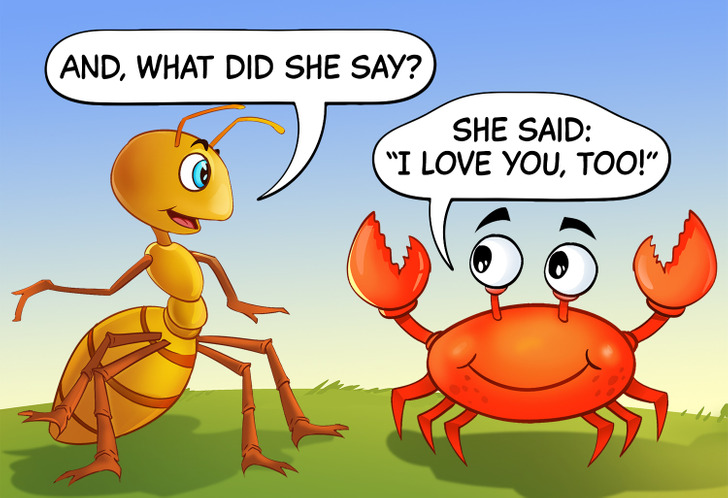
The quotation marks are also called inverted commas. In Australian style, single quotation marks are also called quote marks, quotes, or speech marks. Note that once you open them, you need to close them. There are 2 types:
- Single quotes (’ ’) are mainly used in the British style, which uses single quotes (‘) for initial quotations, then uses double quotes (“) for quotations within the initial quotation.
- Double quotes (” ") are mainly used in the American style, followed in Canada too. The American style uses single quotes (’ or ’) for quotations within the initial quotation.
How to use quotation marks.
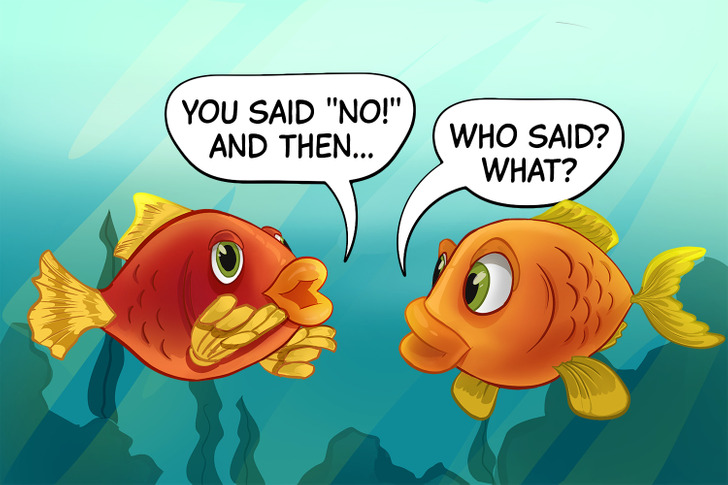
Quotation marks are used to report direct speech or someone’s exact words. Be sure to insert a comma before you introduce a quotation mark.
🔸My mom said, “Your father said, ‘We need to move into a smaller house.’”
Insert periods and commas inside the quotation marks, including single quotation marks. If there’s a parenthetical reference, leave it outside of the quotation marks. For example:
🔸5-Minute Crafts explains, “Place parenthetical references outside of the quotation marks.” (1).
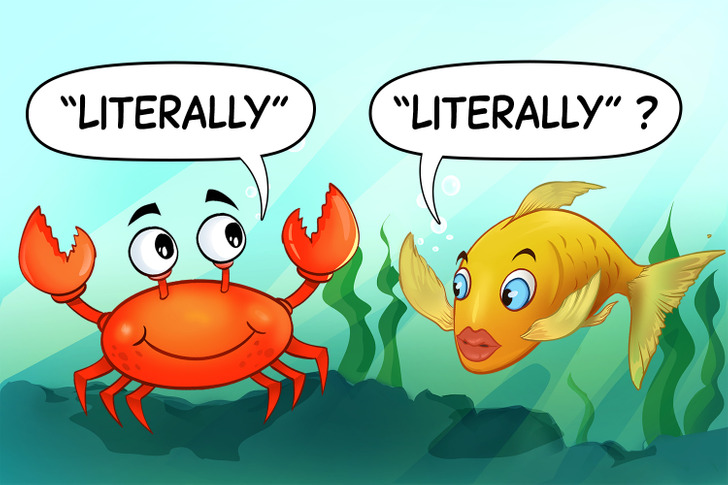
Put words in quotation marks if you want to emphasize them. Place colons, semicolons, and dashes outside of the closed quotation marks.
🔸Grace described the first day of school as “excruciating”: the lessons were long.
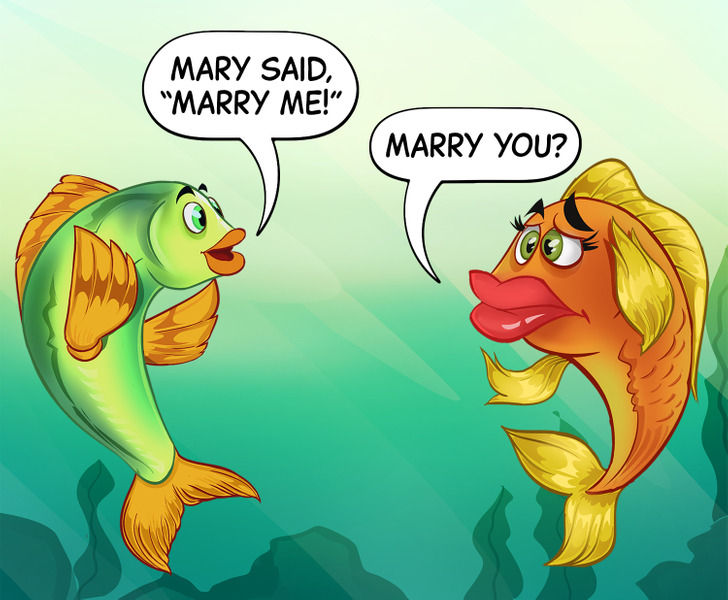
If the quotation includes the question part, the question mark stays inside the quotation mark, otherwise, leave it outside.
🔸My boyfriend eventually asked, “Will you marry me?”
🔸Did you say, “Yes, I will”?
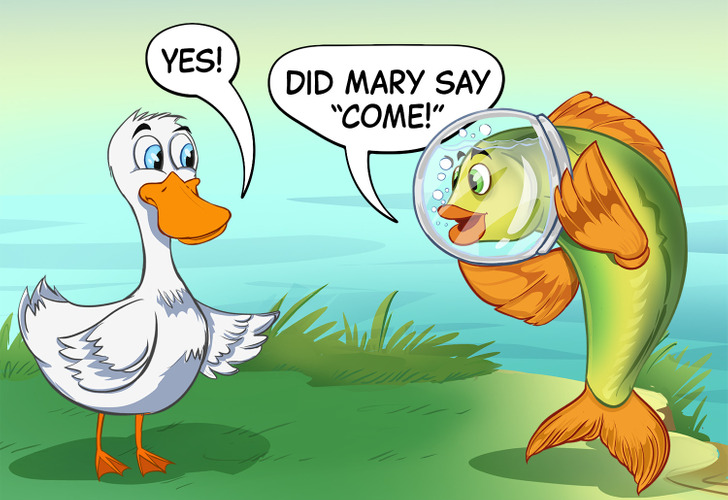
If there are several punctuation marks, use only one and pick the stronger one. Note that exclamation marks are stronger than question marks. Also, an exclamation mark (point) or a question mark is stronger than a period (full stop).
🔸 Wasn’t it Mary that said, “Come!”
🔸She said, “I feel so happy!”
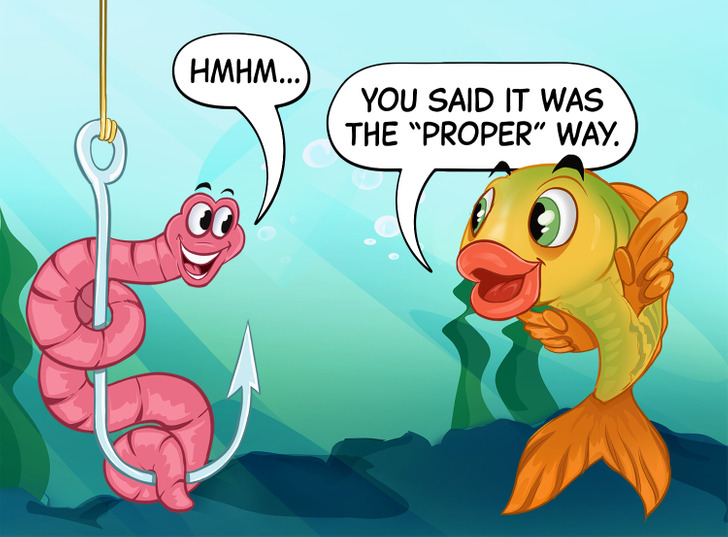
If the quoted part is a fragment, don’t capitalize it. Otherwise, capitalize it when it’s a complete sentence.
🔸When driving to the airport, my dad said, “We’ll miss the plane.”
🔸She said the new house was ’’beautiful, clean, and tranquil,’’ and decided to rent it.
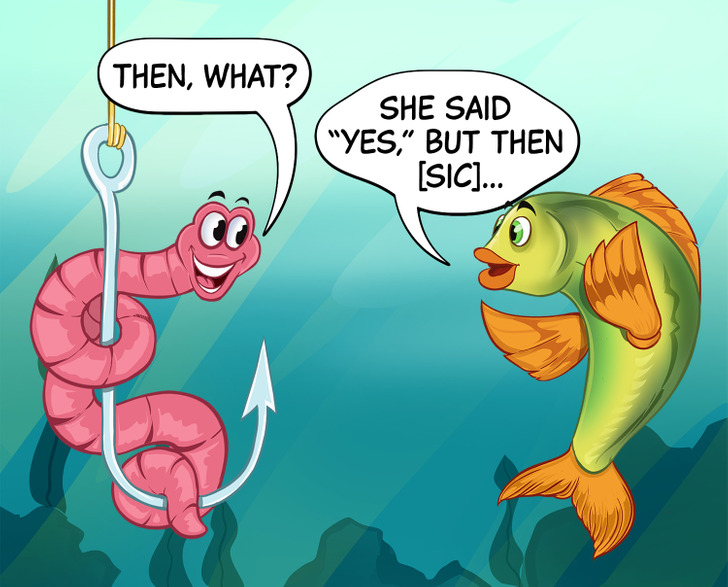
When you need to quote something that contains a mistake like an error of transcription, a grammatical or spelling mistake, wrong word usage, etc., insert sic in square brackets, usually italicized, just after the error. It’s a way to tell your reader that the mistake is in the source and does not originate from you.
🔸The teacher wrote, ’’Love and Freindship [sic] is a juvenile story by Jane Austen, dated 1790.’’
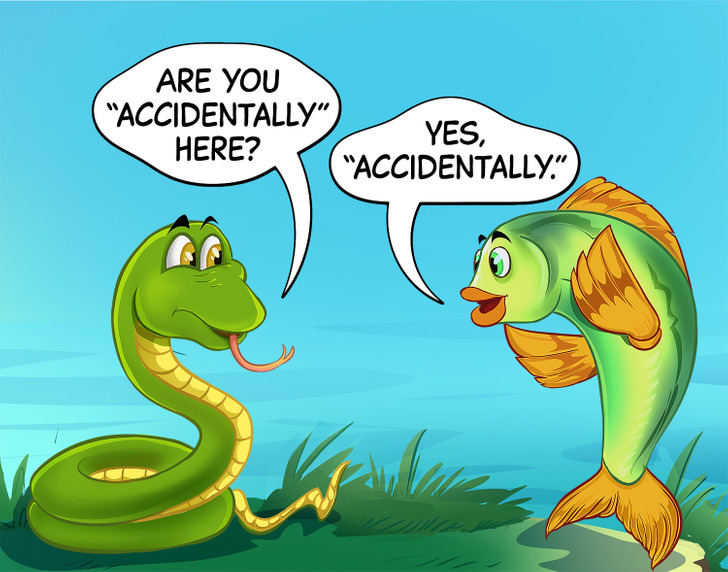
Quotation marks can signal irony or sarcasm too:
🔸Lucie “accidentally” dropped her books.
Bonus: What finger quotes are.
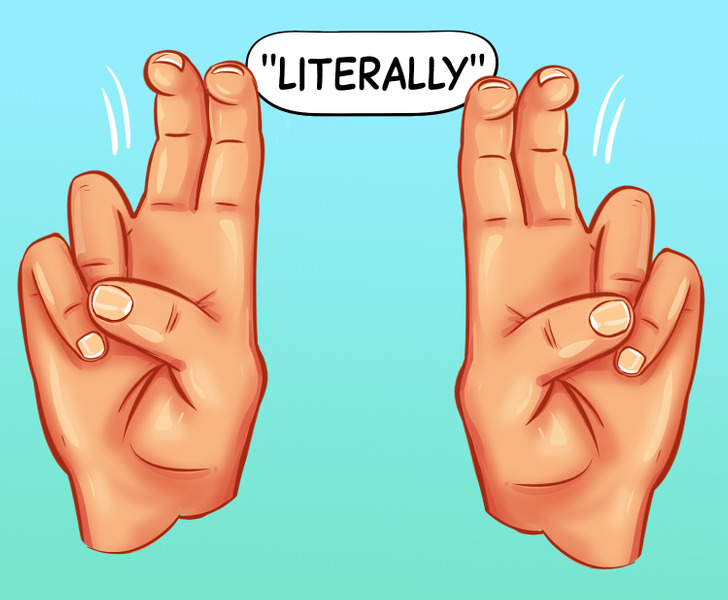
Air quotes, or finger quotes, are virtual quotation marks indicating a gesture where we use 2 fingers in the air when speaking. We use both of our hands using the index and middle fingers at our eye or shoulder level. They are generally used to convey expressions that imply or indicate sarcasm, irony, etc.